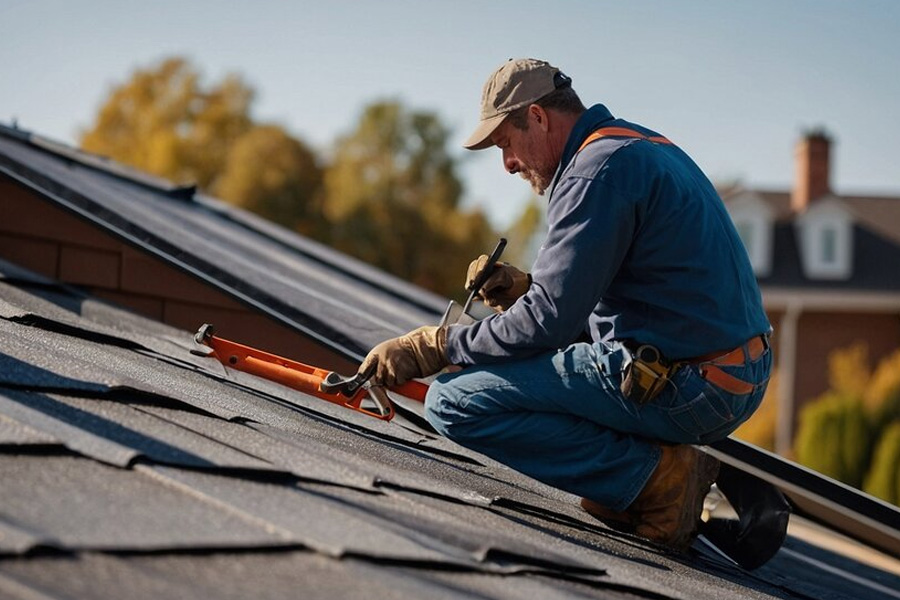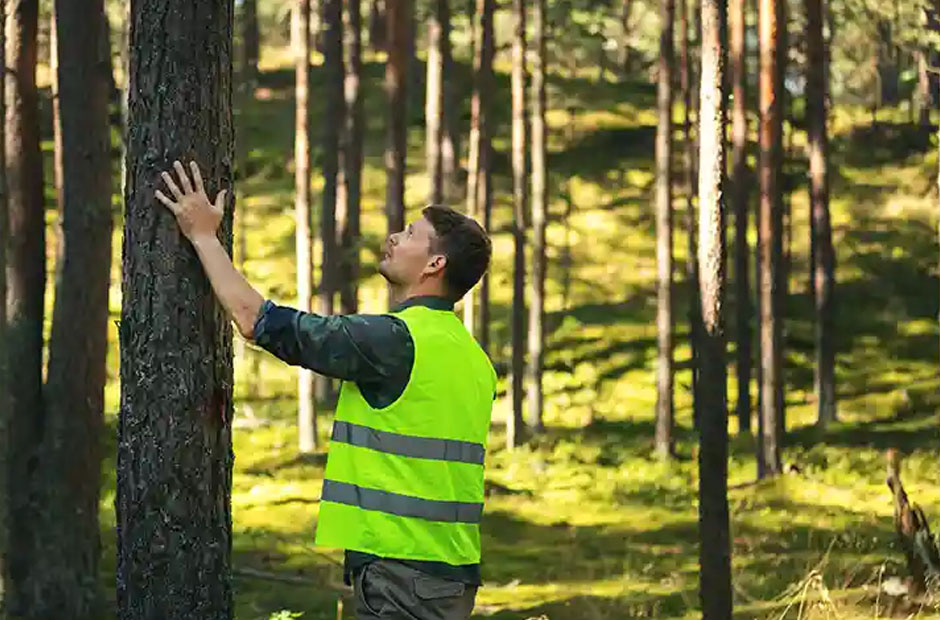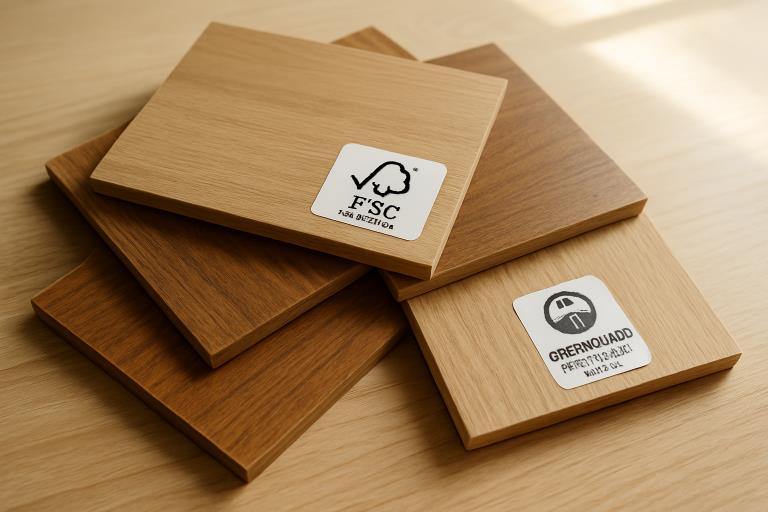Now Reading: What Is Included in Roof Maintenance (Complete Checklist) for Homeowners
-
01
What Is Included in Roof Maintenance (Complete Checklist) for Homeowners
What Is Included in Roof Maintenance (Complete Checklist) for Homeowners

Overview
Roof maintenance is less of a single chore and more of a cinematic seasonal ritual: a careful sweep of the stage, a close-up inspection of the key players, and a few timely repairs to keep the plot moving. Done right, it stretches the life of your roof, keeps leaks at bay, and spares you the trauma of an emergency replacement. The exact tasks depend on roof type, age, and local weather, but the general script is consistent — clean, inspect, fix, and protect.
What roof maintenance includes
Think of maintenance as a four-act play: debris removal, gutter care, a thorough inspection (including around fixtures), and proactive minor repairs. Every step reduces the risk that a small, fixable problem becomes a headline-making disaster. From loose tiles to brittle sealant, each tiny fault is a clue, and a good roofer reads them fast.
Debris removal
Leaves, twigs, moss, and accumulated dust like to gather where rainwater channels — valleys, eaves, and roof corners. Left to compact and get heavy when wet, that debris can trap moisture and rot underlayments or clog water flow. The first job on any maintenance visit is a proper sweep: remove loose material so inspectors can actually see what they’re dealing with.
Clean gutters
Gutters are the unsung hydraulics of your house. When they’re full, water spills where it shouldn’t — onto fascia boards, into brickwork, or into foundations. Cleaning gutters and downspouts restores the drainage design and reveals early signs of overflow damage, rusted joints, or misaligned sections that need attention.
Roof inspection
With the surface clear, the inspection begins. Roofers scan for cracked, broken, or slipped tiles, check for corroded metal patches on sheet roofs, and note anything that looks aged or fatigued. This is where subtleties matter: a slightly hairline crack today becomes a leak under wind-driven rain tomorrow.
Inspections around fixtures
Chimneys, skylights, vent pipes and exhausts are classic leak sources. Flashings and sealants around these fixtures wear faster than the main roof plane, so they’re inspected closely for gaps, corrosion, or failed adhesive. Resealing or replacing flashings at the right time prevents water from finding its way into ceilings and cavities.
Proactive maintenance
Proactive maintenance is the quiet hero: replacing a tile that looks like it might fail, tightening nails and screws before they back out, and re-securing ridge caps. These small, inexpensive fixes avert drama later — the kind of prevention that’s easy to miss but obvious in its payoff when a storm rolls through.
Check your attic
A rooftop inspection is only half the story; the attic often tells the rest. From inside, you can spot yellow water stains, damp insulation, mould, and even the faint trails where water sneaks in. Regular attic checks catch slow leaks early and protect ceiling finishes, insulation, and electrical wiring.
Maintaining gutters and downspouts
Beyond cleaning, maintenance checks gutter alignment, seals, fixings, and the condition of downpipes. Cracked sections get replaced, joints resealed, and brackets tightened so water escapes to storm drains rather than pooling around foundations. A well-maintained downpipe system preserves both roof and structural integrity.
Caulk terminations and sealants
Caulk around vents, skylights, and metal joins degrades under sun and weather. During maintenance, old, brittle sealant is removed and fresh, appropriate-grade caulk is applied. Proper sealing keeps insulation performing and prevents drafts and water penetration.
Overhanging branches
Trees lend atmosphere — and risk. Branches rubbing against roofing materials abrade surfaces and bring an ongoing supply of leaves. Maintenance includes noting problem branches and advising trimming. Clearing them reduces physical damage and minimizes wildlife access to your roofscape.
Sealing seams on metal roofs
Metal panels rely on seams and laps that can loosen or lose sealant over time. Roofers check these joins and apply fresh sealant as needed to prevent water intrusion during heavy rains. A small bead of sealant now saves you from peeling panels and interior storms later.
Fixing loose roofing tiles
Tiles that have shifted or lifted invite wind and water under them. During maintenance, each tile is checked and re-fixed or swapped for a replacement if cracked. Securing loose tiles reduces the chance of blow-offs and the cascade of damage that can follow.
Roof maintenance tips for homeowners
A few homeowner habits make professional maintenance pay dividends: glance at the roof after storms, clear gutters in autumn, trim nearby trees before high winds, and avoid walking the roof unless absolutely necessary. Annual professional inspections are a smart routine — they let someone trained catch small things before they grow.
FAQ
What is roof maintenance and why is it necessary?
Roof maintenance is a set of cleaning, inspection, and minor repair tasks designed to extend the life of your roof and prevent leaks or structural damage. It’s necessary because small issues multiply quickly under weather exposure.
How often should I have my roof inspected?
Have a professional inspection at least once a year, and additionally after major storms or significant wind events. Regular checks catch wear and tear before it becomes expensive damage.
Can I clean my own gutters and roof?
You can do basic gutter clearing and visual checks if you’re comfortable with heights, but hire a professional for thorough roof cleaning and inspections to avoid injury and ensure nothing is missed. Professionals have the tools and experience to find hidden problems safely.
What are common signs of roof damage to watch for?
Look for missing or cracked tiles, sagging gutters, water stains in the attic, mould, or granule loss on shingles — these all point to issues needing attention. Early signs tend to be small but consistent.
Are sealant and flashing repairs important?
Yes — failing sealant and flashing around fixtures are frequent sources of leaks, so timely resealing or replacement is essential to keep water out. Neglecting them lets water bypass other protective layers.
Do different roof types need different maintenance?
Absolutely; tile, slate, metal and flat roofs each have unique vulnerabilities and maintenance needs, so the approach and materials differ accordingly. Match the care to the roofing system.
How much does routine roof maintenance typically cost?
Costs vary widely by roof size, type, and the work required, but routine maintenance is almost always far cheaper than emergency repairs or full replacement. Think of it as insurance against avoidable failure.
Will maintenance prevent the need for full roof replacement?
Regular, timely maintenance can significantly delay replacement by addressing issues early, though every roof eventually reaches the end of its serviceable life. Maintenance stretches that lifespan and reduces surprise failures.





















